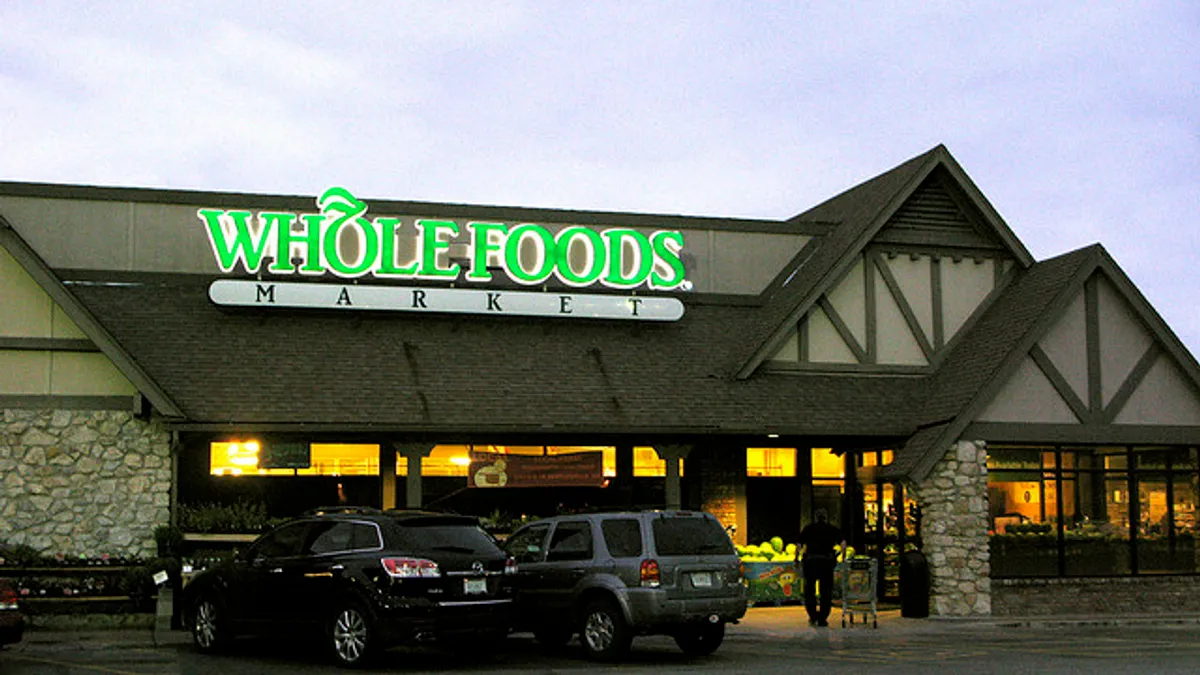Dive Brief:
- Automated technology is optimizing retail supply to the point that stores can receive a precise count of the individual products needed, arranged in a way that allows for more efficient distribution throughout the aisles, according to Supermarket News.
- Whole Foods and Target have both said their use of “order-to-shelf” technology has been promising so far. In Whole Foods’ recent Q4 earnings call, executives noted the technology was responsible for a 9% reduction in store-level inventories.
- Order-to-shelf distribution eliminates the need for a backroom, a key efficiency that observers say could help smaller stores thrive.
Dive Insight:
One of the main drivers of order-to-shelf technology is e-commerce demand. With both online and in-store sales drawing from the same retail locations, stores need fast, accurate product replenishment that prevents costly out-of-stocks.
Retailers are also impressed with the space- and labor-saving benefits of so-called “store friendly” or “store ready” distribution. Carting products directly from loading dock to shelves means stores don’t need backroom storage. That valuable real estate can instead be used as additional selling space or as a staging area for e-commerce orders. Small stores, in particular, stand to benefit by maximizing their limited square footage.
Thanks to advanced software systems, retail distribution centers can not only deliver products as they’re needed, but can also optimize their arrangement according to store layout — saving stock times.
Efficiencies abound for retail stores, but as a story in Modern Materials Handling points out, store-ready logistics often put more of a burden onto distribution centers. Shipping large pallets of goods is also a form of cost savings, and upending that model without proper coordination can end up ruining sought-after efficiencies. The best operators, experts say, strive for incremental changes over time.
Ultimately, order-to-shelf distribution is still a work in progress. With e-commerce demand booming and retailers seeking out efficiencies throughout the supply chain, that work could take on special urgency in the years to come.









